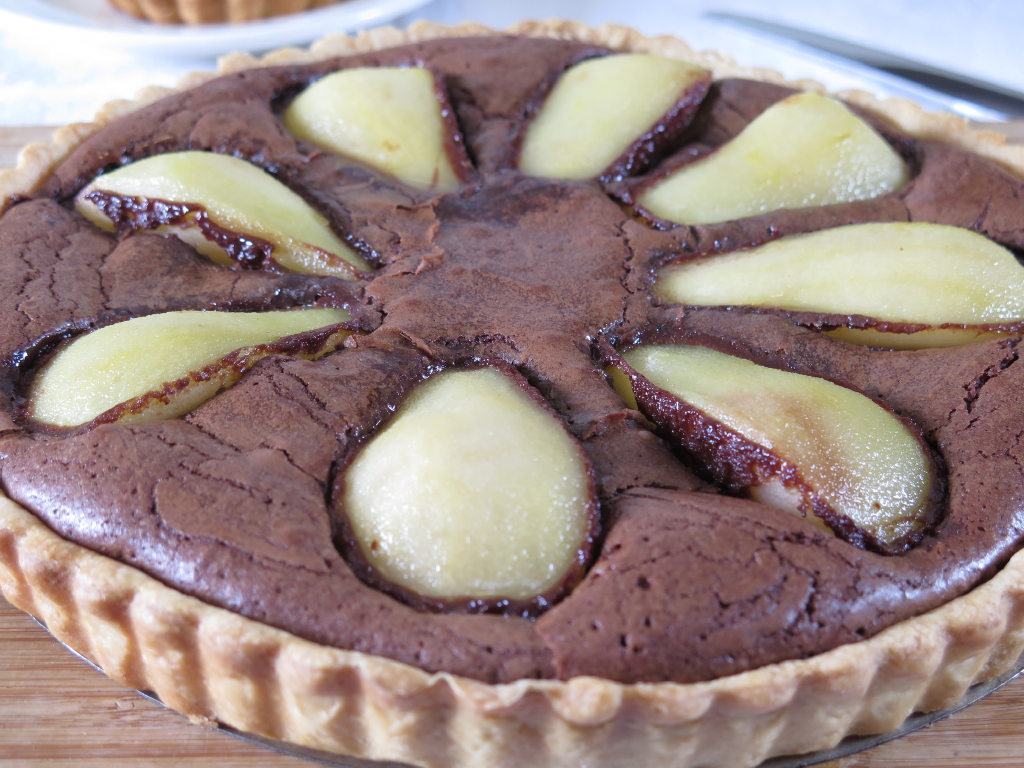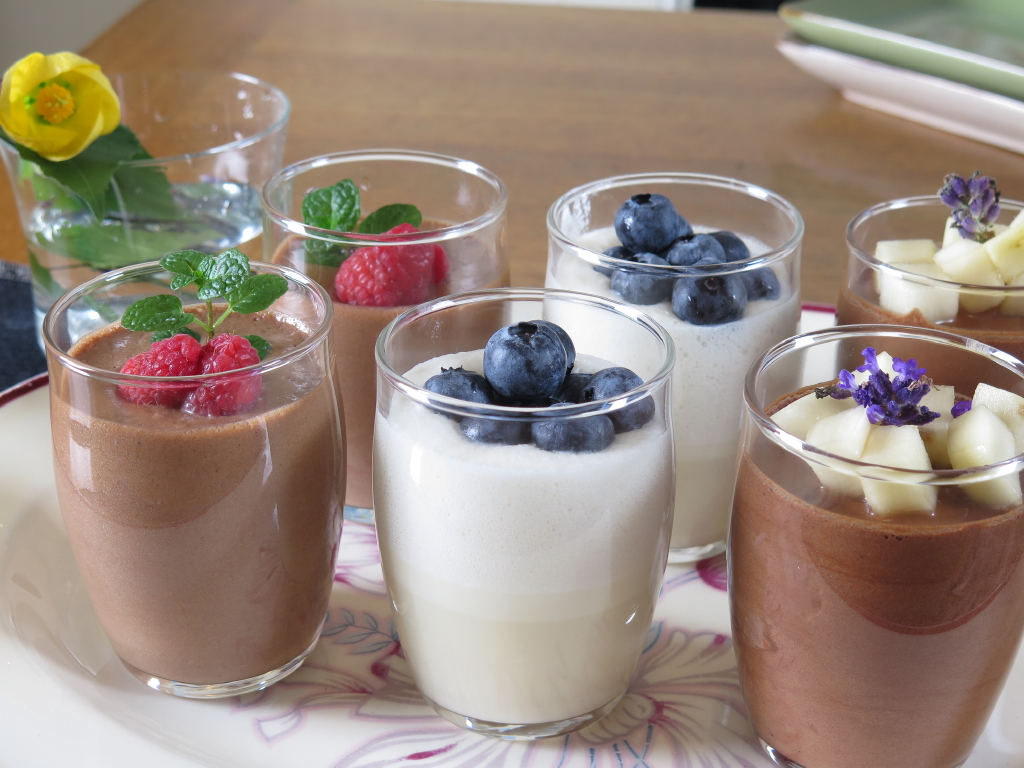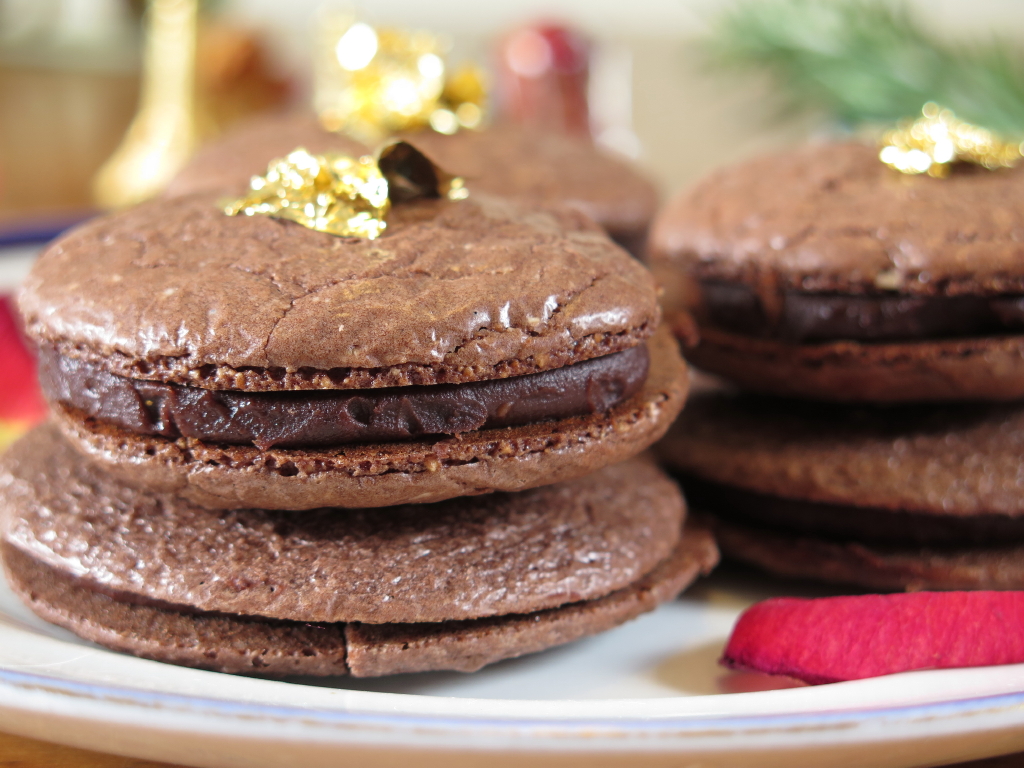Chocolate is similar to wine – both have flavors that vary by source, growing conditions, proportions, blending, and processing of the raw ingredients – but as a solid, it requires different tasting strategies. First, make sure it is at room temperature. Notice the aroma – it should smell like chocolate and be free of artificial, chemical, coconut, dusty or overly sugary smells. Next, check for defects such as excessive cracking or white/grey spots or coloring (see “Bloom”).
Dark chocolate can vary in color, but most chocolate is a blend of multiple bean varieties, so color generally won’t be a clue to the variety, although it often reflects the percentage of cacao. Sheen/finish is a factor of whether a chocolate has been molded (as with a bonbon), which results in a glossy finish; or dipped, which imparts a deep luster.
Tasting
Chocolate melts at around 93-100˚ F (depending on the amount of cocoa butter and other ingredients), which is in the range of human body temperature. This is why it is best to let it melt in your mouth when tasting… to get the full “mouth feel.” Take a piece (size of a quarter) that will cover enough of your tongue for evaluation. The texture shouldn’t be greasy, waxy or gritty. Check for flavor defects, such as overly smoked or burnt flavors or too much sugar. There should be a balance of bitter, sweet and acid, and the vanilla should be subtle and natural tasting. As with good wine, there should be a long, pleasant finish. In between samples, rinse with warm tea or room-temperature water.
Snap
There should be a “snap” when chocolate bars are broken, and the break should be clean with no shattering. Both properties are due to cocoa butter’s crystalline structure. If a chocolate does not begin to melt in your hand after a few seconds, it probably has added vegetable fats.
Bloom
Bloom is a defect usually caused by storage in extremes of temperature. The cocoa butter crystals fall out of alignment and rise to the surface of the bar, which gives a grey-white speckled appearance but doesn’t always affect taste. Sugar bloom is caused by moisture (e.g., in a refrigerator) and can be more serious. The chocolate can become grey and gritty when sugar crystals move to the moist surface of the chocolate and recrystallize.
Storing
The best conditions for storing chocolate are dark, dry and cool: 54-64˚ F (12-18˚ C), humidity under 50% (so the refrigerator is out), and well wrapped. Dark chocolate keeps longer (one and a half years or more in ideal conditions) than white or milk chocolate.
Good quality truffles, bonbons and other filled chocolates will keep only a week or two at room temperature, but for best flavor and freshness they should be enjoyed within a few days. More highly processed filled chocolates can keep longer, even a couple months, because dairy ingredients are often treated for longer shelf life.










Rico chocolate, me encanta, fans numero 1 de tus deliciosos chocolate mi amor.besosss.cuidate mucho. Aymet amiga de mayra